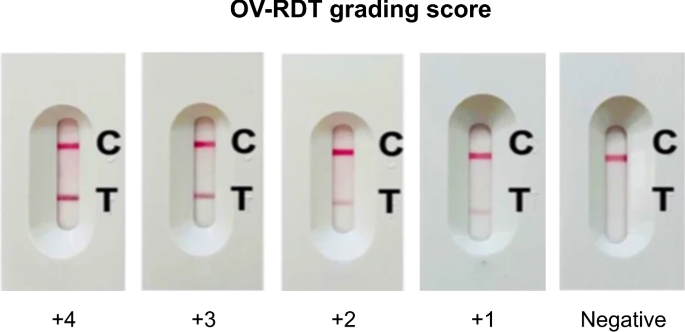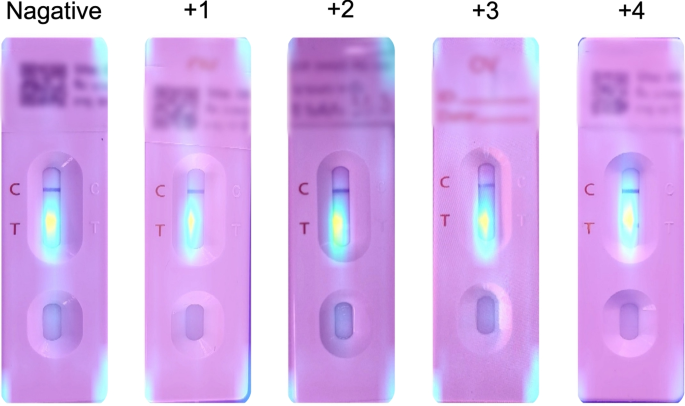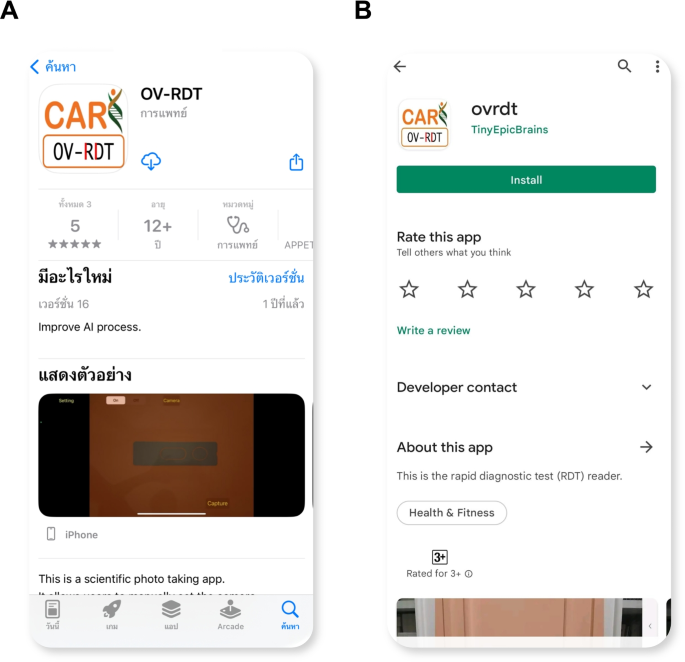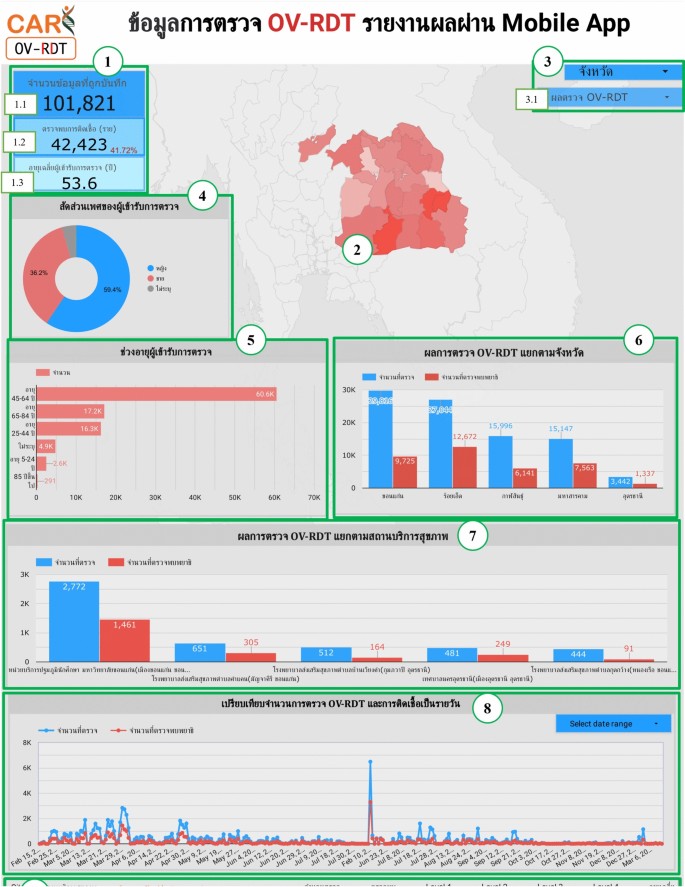Developer Offer
Try ImaginePro API with 50 Free Credits
Build and ship AI-powered visuals with Midjourney, Flux, and more — free credits refresh every month.
AI Platform Revolutionizes Mass Health Screening in Thailand
The Silent Threat in the Mekong River Basin
In northeastern Thailand and other countries along the Mekong River, Cholangiocarcinoma (CCA), a deadly form of bile duct cancer, poses a significant public health challenge. This malignancy is closely linked to chronic infections from the parasitic liver fluke, Opisthorchis viverrini (OV), which people often contract by consuming raw or undercooked freshwater fish. A major hurdle in fighting CCA is that its early symptoms are either non-existent or non-specific, meaning diagnoses often come at advanced, less treatable stages.
To combat this, initiatives like the “Cholangiocarcinoma Screening and Care Program” (CASCAP) were established in Thailand. This program aims to systematically screen at-risk populations, as infection rates in some northeastern provinces can reach as high as 70%. While methods like ultrasonography are used, they often require expert interpretation. A newer, more accessible approach is the urinary antigen-based rapid diagnostic test (RDT), which is cost-effective and easy to use for mass screening. However, its effectiveness is hampered by a critical weakness: results are interpreted by visually assessing the color intensity of a test band, a subjective process prone to human error and inconsistency.
To overcome this, a groundbreaking solution has been introduced: the OV-RDT platform. This comprehensive system combines artificial intelligence, mobile technology, and cloud computing to standardize and automate the reading of OV-RDT results, revolutionizing mass screening campaigns.
Building on AI's Success in Medicine
The use of AI, particularly deep learning, to diagnose diseases from medical images is not new. AI models have been successfully trained to detect diabetic retinopathy from eye scans, identify esophageal cancer from endoscopic images, and screen for COVID-19 from chest X-rays with remarkable accuracy. These systems often leverage powerful architectures like ResNet and EfficientNet to identify subtle patterns that the human eye might miss.
Similarly, AI has been used to interpret COVID-19 RDTs, where systems analyze smartphone images of test strips to deliver fast and accurate results, reducing human interpretation errors. The OV-RDT platform builds upon these successes. It employs a sophisticated EfficientNet-B5 deep learning model, which has been fine-tuned to specifically analyze OV-RDT images. This model not only determines if an infection is present but also grades its severity, achieving 95% accuracy in detecting infection status.

A New Era of Mass Screening in Thailand
The mass screening campaign in northeastern and northern Thailand involved over 100,000 residents. The OV-RDT platform was the technological backbone of this initiative. The system is composed of three main parts:
- A Mobile Application: Designed for healthcare workers, this app is available on both Android and iOS. It allows users to easily capture standardized images of the OV-RDT kits and collect patient data.
- An AI Server: This is the brain of the operation. When an image is uploaded, it first runs through an image quality control model to ensure the picture is clear and correctly positioned. If it passes, the image is sent to the grading model, which analyzes the test result.
- An Interactive Dashboard: All the processed data is sent to a cloud database and visualized on an intelligent dashboard. This provides public health officials with real-time analytics, including infection rates and geospatial data, to monitor the campaign's progress and make informed decisions.
This integrated approach eliminates paperwork, reduces interpretation errors, and provides immediate, digitized results for large-scale public health analysis.
Under the Hood The AI That Powers the Platform
The platform's success hinges on two crucial AI subsystems.
AI Sub-system 1: Image Quality Control
To ensure every test is read accurately, the input image must be of high quality. The mobile app uses a camera template to guide the user in positioning the test strip correctly. An AI model based on YOLOv5m then analyzes the captured image to detect the test kit and verify that it is properly aligned within the frame. This module is incredibly effective, achieving 98% accuracy in identifying usable images and rejecting poor-quality ones (e.g., blurry, poorly lit, or misaligned).
AI Sub-system 2: OV-RDT Grading
Once an image passes quality control, it is analyzed by the core grading model. This model, built on the EfficientNet-B5 architecture, was trained on a dataset of over 8,600 expert-annotated images. It classifies the test result into one of five grades: 0 (Negative) or +1 to +4 (Positive, indicating increasing infection intensity).

This model achieved an impressive 95% accuracy in the binary task of determining positive versus negative infection status. For the more nuanced task of multi-class grading, it achieved 66% accuracy. To ensure reliability, the AI's grading is presented as a suggestion that healthcare workers can verify, creating a human-in-the-loop system that combines AI efficiency with expert oversight.
To ensure transparency, the team used GradCAM, a visualization technique that shows which parts of the image the AI model focused on to make its decision. The results confirmed that the model correctly concentrated on the test band (T-band), with its focus intensifying as the infection grade increased, mirroring the process of a human expert.

From Smartphone Snap to Cloud Diagnosis
The OV-RDT mobile application was developed with a user-centered approach, involving parasitologists and medical technologists to ensure it met real-world clinical needs. Key features include:
- Guided Image Capture: A camera template and AI validation ensure high-quality, consistent images.
- Rapid Data Input: QR code integration allows for quick retrieval of patient information, minimizing manual entry.
- AI-Assisted Grading: The app displays the AI's interpretation, which the healthcare worker can confirm or adjust.
Usability tests with 50 healthcare professionals showed exceptional satisfaction, with an overall mean score of 4.41 out of 5. Users praised the interface design and ease of use, and 94% indicated they would definitely or most likely use the app in future campaigns.

Visualizing the Fight in Real-Time
A key innovation of the platform is its intelligent dashboard, which transforms raw data into actionable insights for stakeholders. Powered by tools like Google Looker Studio, the dashboard offers three main views:
- Overview Metrics: This provides a high-level summary, including the total number of participants, overall infection rates, age and gender demographics, and performance by province and health facility.
- Geospatial Visualization: This dashboard displays an interactive map showing the distribution of infections at the sub-district level. The size and color of circles represent the number of participants and the infection rate, respectively, allowing officials to quickly identify hotspots.
- Application Insight: A developer-focused view that tracks app usage statistics, such as the number of users on Android vs. iOS and the volume of data collected.
These powerful visualization tools are crucial for managing large-scale screening campaigns and directing public health resources where they are needed most.

Real-World Impact: The OV-RDT Platform in the Field
The platform has been successfully deployed in five major screening campaigns across northeastern Thailand between 2022 and 2024. In total, 101,821 individuals were screened, with 42,423 (41.7%) testing positive for OV infection. The campaigns effectively reached the target at-risk demographic, with an average participant age of 53.6 years and the majority being between 45 and 64.
For example, a campaign on World Cholangiocarcinoma Day 2023 screened 6,493 people in a single day, identifying a 51.03% infection rate. The platform's ability to handle such high volume while providing instant, reliable data demonstrates its power and scalability.
The Future of AI in Public Health Screening
The OV-RDT platform represents a major step forward in the fight against opisthorchiasis and the associated risk of CCA. By integrating deep learning with a scalable cloud and mobile infrastructure, it solves the critical challenges of subjective test interpretation and inefficient data management.
However, the work is not done. The platform was validated in northeastern Thailand, a region with unique epidemiological characteristics, so further studies are needed to ensure its effectiveness in other geographical areas. Future development will also focus on enhancing the model's grading accuracy for borderline cases, adding offline functionality for remote areas without internet access, and exploring predictive analytics to forecast potential outbreaks.
This platform serves as a powerful model for how AI can be deployed to tackle neglected tropical diseases. It standardizes diagnostics, empowers healthcare workers, and provides public health authorities with the data they need to save lives. Through continued innovation and collaboration, technologies like the OV-RDT platform can help turn the tide against silent killers like cholangiocarcinoma.
Compare Plans & Pricing
Find the plan that matches your workload and unlock full access to ImaginePro.
| Plan | Price | Highlights |
|---|---|---|
| Standard | $8 / month |
|
| Premium | $20 / month |
|
Need custom terms? Talk to us to tailor credits, rate limits, or deployment options.
View All Pricing Details
